Description
1. Parameter Specifications
- Power Supply: The IOP331 typically operates on a 24V DC power supply. Its power consumption is relatively low, around 6 – 10W, which is energy – efficient for long – term continuous use.
- Input/Output Configuration:
- Digital Inputs: It is equipped with 16 digital inputs. These inputs can receive signals from a variety of digital sensors such as proximity sensors, limit switches, and opto – isolators. They are designed to handle input voltages in the range of 5 – 24V DC.
- Digital Outputs: There are 8 digital outputs. Each output can drive a load with a maximum current of 0.5A, suitable for controlling small relays, solenoids, and indicator lights.
- Analog Inputs: There are 2 analog inputs. They can accept signals in the ranges of 0 – 10V or 4 – 20mA, with a 10 – bit resolution, enabling basic measurement of analog quantities like temperature or pressure.
- Analog Outputs: 1 analog output is available, capable of outputting signals in the same ranges as the analog inputs, for simple analog control tasks.
- Communication Interfaces: It supports an RS – 485 serial communication interface with the Modbus RTU protocol. This interface enables seamless data exchange with other Modbus – compatible devices and control systems.
2. Applications
- Industrial Automation: In industrial manufacturing, the IOP331 can be used to control and monitor simple to moderately complex production processes. For example, it can manage the movement of a single conveyor belt, control the start and stop of a small machine, or monitor the status of a few sensors on a production line.
- Building Automation: In commercial buildings, it can be involved in basic building management tasks. For instance, it can control the operation of a single HVAC unit in a small room or the switching of a few lights in a specific area.
- Agricultural Automation: In agricultural settings, it can be used to control and monitor simple irrigation systems. It can detect soil moisture levels through analog sensors and control the operation of water pumps via digital outputs.
3. Weight and Dimensions
- Weight: The module weighs about 0.3 kg, which is relatively light and easy to install and handle.
- Dimensions: The overall dimensions are: length – 100mm, width – 80mm, height – 20mm. Its compact size allows for installation in tight spaces, such as inside small control cabinets or on equipment panels.
4. Features
- Modbus Communication: The support for the Modbus RTU protocol on the RS – 485 interface makes it easy to integrate with other industrial devices and control systems, facilitating system expansion and data sharing.
- Flexible Input/Output Configuration: With a combination of digital and analog inputs and outputs, it can be applied in a variety of scenarios, allowing for customized control and monitoring solutions.
- User – Friendly Setup: It has a simple and intuitive configuration process, which allows users to quickly set up the module according to their specific requirements.
5. Stability and Reliability
- Robust Construction: The module is housed in a durable plastic enclosure that provides protection against dust, moisture, and minor mechanical vibrations. This ensures stable operation in normal industrial and non – industrial environments.
- Fault – Tolerant Design: It is designed with built – in protection mechanisms such as over – current protection and short – circuit protection for the digital outputs. These features safeguard the module from electrical faults and extend its service life.
- Quality Components: The use of high – quality electronic components and strict quality control during manufacturing ensure long – term reliability and consistent performance.
6. Real – world Examples
- Small – Scale Textile Factory: In a small – scale textile factory, the IOP331 can control the operation of a spinning machine. It can detect the position of the yarn using a proximity sensor connected to a digital input and control the speed of the spinning machine via a digital output.
- Residential Solar Water Heating System: In a residential solar water heating system, it can be used to control the circulation pump. It can measure the temperature difference between the solar collector and the water tank through an analog sensor and control the operation of the pump via a digital output to ensure efficient heat transfer.


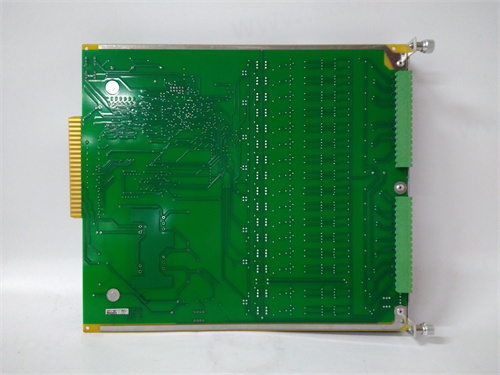
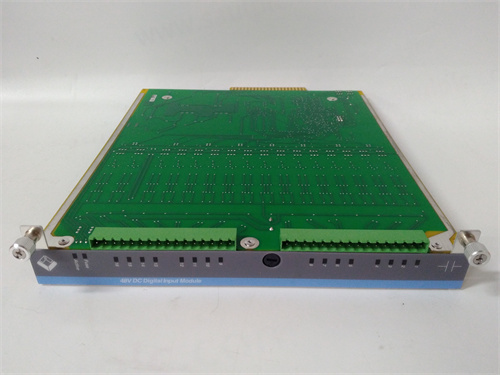
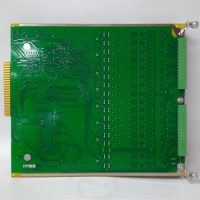
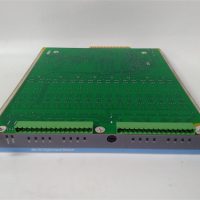

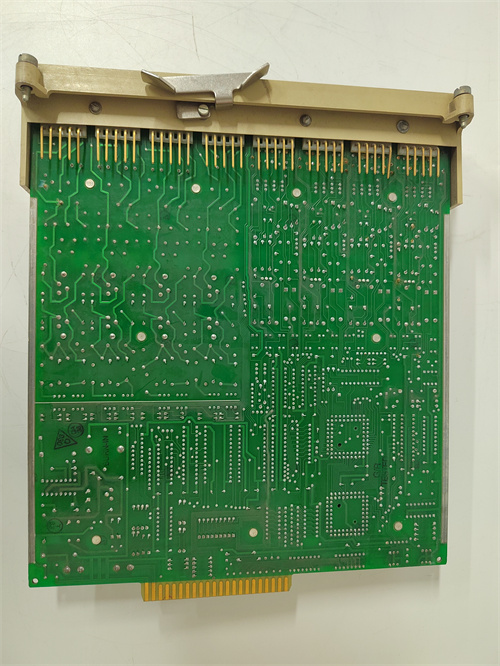
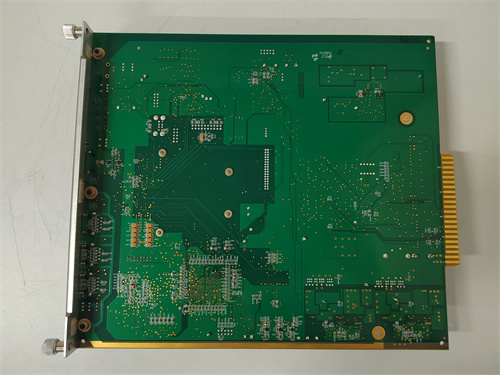
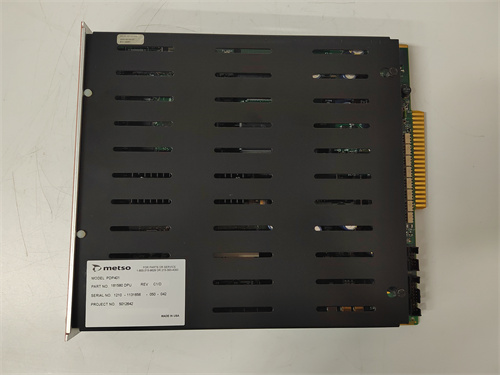
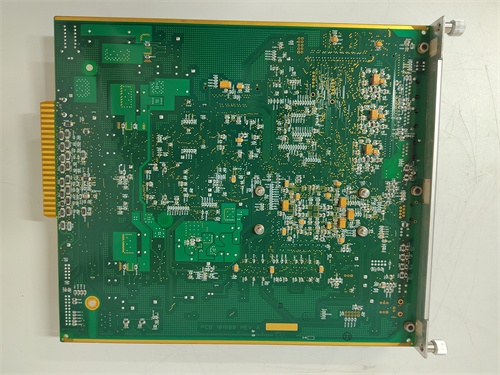
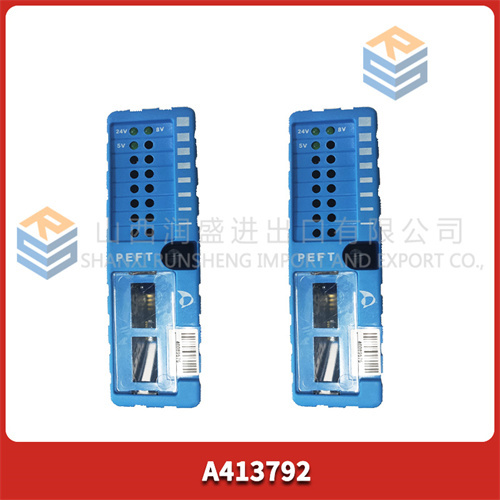
Reviews
There are no reviews yet.